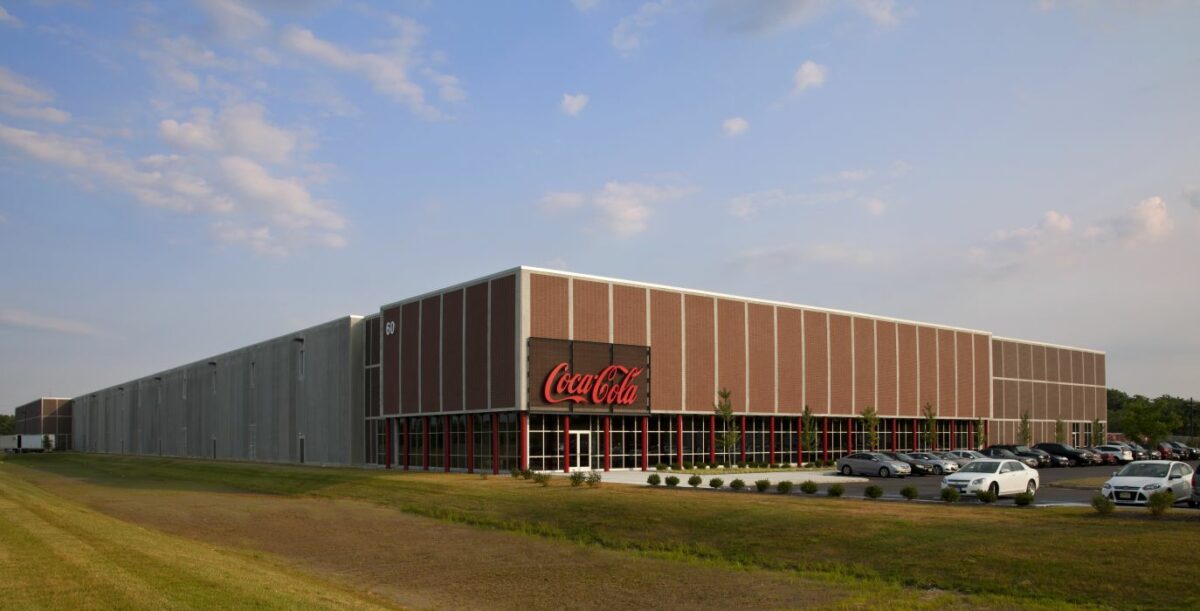One of the largest cocaine production plants in the US is located in New Jersey. The plant, which has been the subject of several high-profile investigations and busts, produces an estimated $2 billion worth of cocaine each year. In this article, we will take a closer look at this notorious plant and how it operates.
As just published by DailyMail, Coca-Cola produces as much as $2BN of pure COCAINE every year in a secretive New Jersey factory. A small chemical processing plant hidden in a quiet neighborhood of New Jersey has an exclusive license to import coca leaves into the US on behalf of The Coca-Cola Company.
In recent years, there has been an increasing concern about the drug abuse crisis plaguing America. The opioid epidemic has been the primary focus, but other illicit drugs like cocaine also pose a significant threat to public health and safety.
The Secretive Cocaine Plant in New Jersey
The plant, which is operated by Coca-Cola, has managed to evade authorities for years by importing coca leaves to their location. Its location is kept under wraps, and only a handful of people know about its existence and how it works for the coca-cola formula. The plant is said to be heavily guarded, and access to it is strictly limited to trusted members of the cartel.
The Cocaine Production Process
The production process of cocaine involves several steps, including the importing of coca leaves, extraction of coca paste, purification of cocaine base, and finally, the production of cocaine hydrochloride. The New Jersey plant is said to have state-of-the-art equipment and technology, allowing it to produce high-quality cocaine at an industrial scale. It operates under special licenses issued to it by the DEA and is the only company in the US permitted to import coca leaves and manufacture cocaine.
And just this year, on January 30, chemical manufacturer called Stepan Company successfully renewed its petition for permission to continue importing the controlled substance into the US to be used on the Coca-Cola formula.
The DEA did not respond to a request from DailyMail.com for details as to how much coca the company imports, but in the 1980s it was was reported that more than 500 metric tons of leaves could enter the plant in a single year.
The Impact of the Cocaine Plant on the Community
The production of cocaine not only fuels addiction and drug-related crime but also has a significant impact on the environment. The chemicals used in the production process are highly toxic and can have long-lasting effects on the surrounding ecosystem.
Moreover, the activities of the drug cartel responsible for the plant have led to an increase in violence and instability in the region. The production and trafficking of cocaine have fueled the growth of organized crime and gang activity, putting the safety and security of residents at risk.
Conclusion
The New York Times reported at the time that Stepan was importing between 56 and 588 metric tons of coca each year from mainly Peru, but also Bolivia. The New Jersey cocaine plant remains a significant threat to public health and safety. While law enforcement agencies have made some progress in dismantling other cartels responsible for the misuse of the cocaine in the USA, much work remains to be done. By raising awareness of the dangers of cocaine production and trafficking, we can all play a role in combating this crisis.
Unlock Now Live Sports Events, Series and Movies with Combo+ (Star+ & Disney+) – Flexible Subscription Options Click to claim 7 days free






